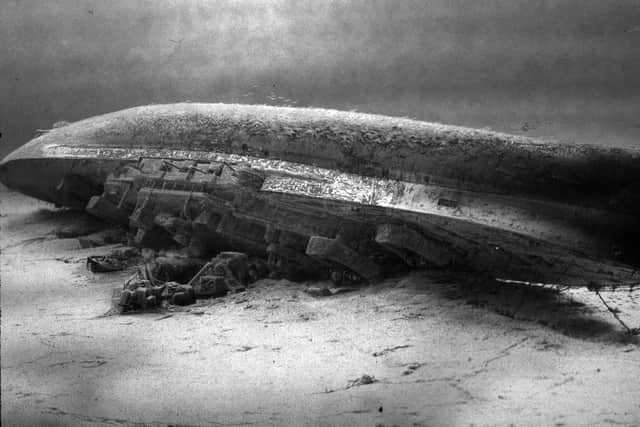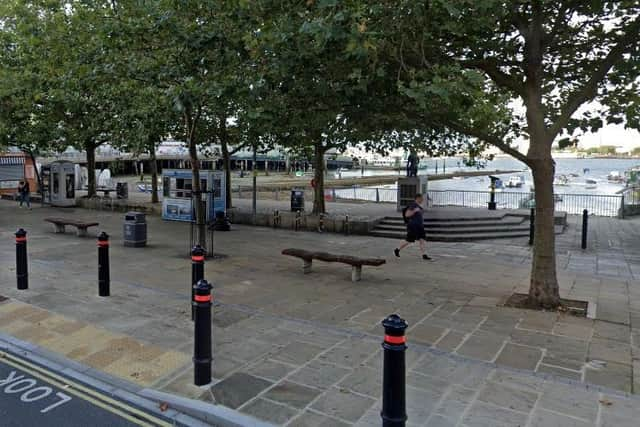Royal Navy: Portsmouth Society raises objection to proposed HMS Royal Oak memorial
and live on Freeview channel 276
The organisation, which advises and comments on proposals across the city in a bid to preserve its heritage, questioned the amount of thought put into the 8ft obelisk proposed by the HMS Royal Oak Association.
‘The chosen position on The Hard is probably the most prominent and important spot that could have been chosen,’ its objection said. ‘There are many similar memorials along the seafront, in Victoria Park and elsewhere commemorating other ships and battles but this spot is a fitting one for an important memorial of naval significance.
Advertisement
Hide AdAdvertisement
Hide Ad‘Whether it is the right one to commemorate the lives of the 835 who died as a result of the sinking in Scapa Flow is open to question, given that she was built in Devonport, for most of her career she was based elsewhere and she was sunk in the Orkneys.’


NOW SEE: Memories of HMS Royal Oak
It said it ‘commended the initiative’ but suggested Portland stone as a more suitable material than abbey grey granite and urged the amount of text to be reduced.
Concerns were also raised about inconsistencies around the number of deaths in the sinking and the misspelling of Devonport in documents submitted to the council.
The application was submitted by the association, which was formed in Portsmouth, at the end of last month after issues with the council’s Monuments and Memorials Policy, which restricts the construction of new memorials in the city, were resolved.
Advertisement
Hide AdAdvertisement
Hide Ad

Speaking ahead of last year’s commemoration event, its honorary secretary, Gareth Derbyshire, said it was important the memorial was erected and that funding had already been collected.
‘It is probably the single biggest maritime loss tied to Portsmouth,’ he said. ‘The only dedicated memorial is one we unveiled to coincide with 80th anniversary, and that’s a stone plaque on the wall of St Ann’s Church in the naval base. We’re very fortunate to have it, but the only slight drawback is that you need security clearance to get in there.’
The application is being considered by council planning officers.